Virtual Reality (VR) has profoundly transformed the way we interact with entertainment, education and various industries. However, home VR experiences often face limitations such as cramped spaces and lack of specialized equipment.
This is where Location-Based Entertainment (LBE) comes into play, offering users high-quality immersive experiences in environments specifically designed for VR. This article explores in depth what LBE is, how it works, its advantages, applications in different sectors, analysis of the main alternatives on the market and examples of success.
Translated with DeepL.com (free version)
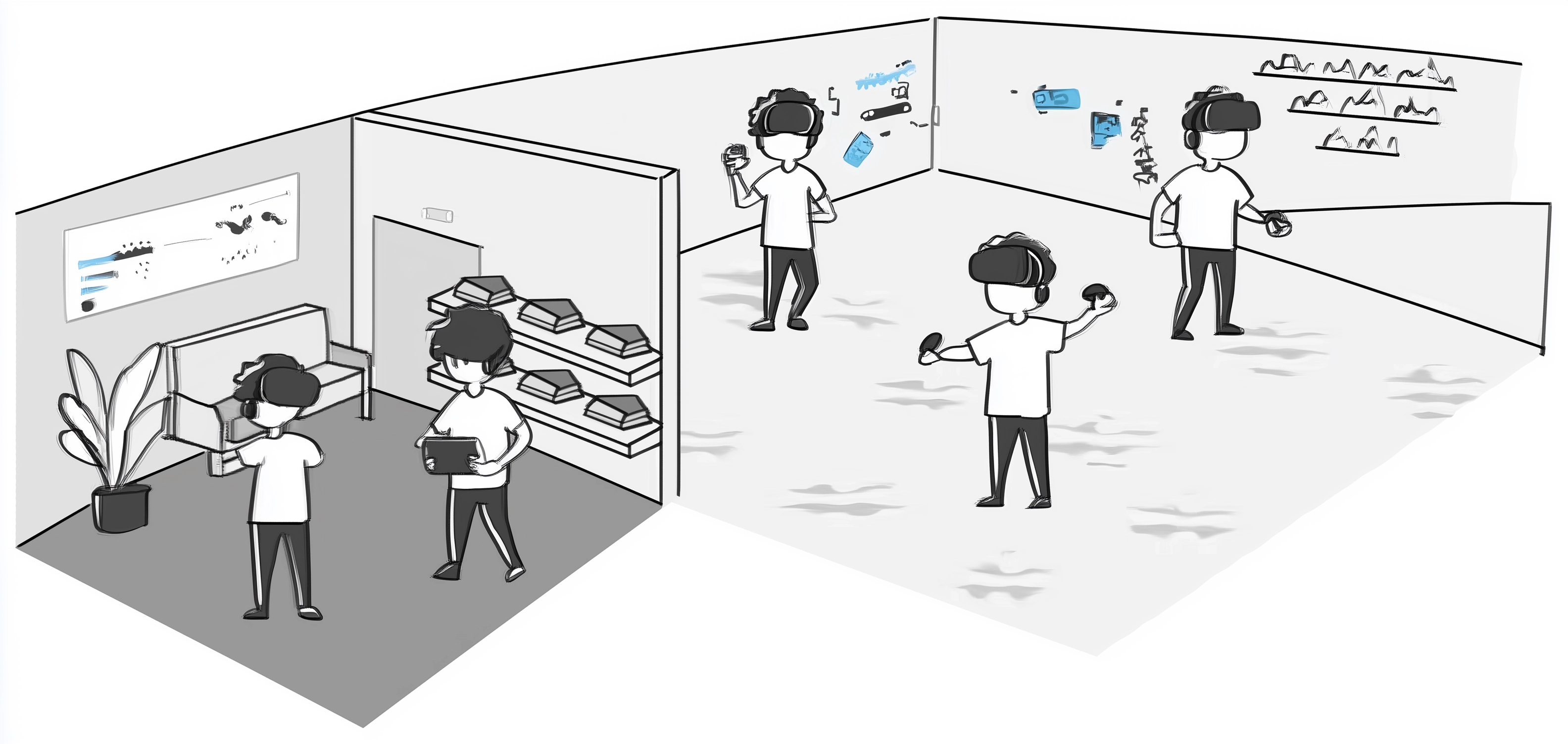
Table of Contents:
What is a Virtual Reality LBE system?
Location-Based Entertainment (LBE) in VR refers to immersive entertainment models that allow users to experience virtual reality in specifically designed physical spaces. These environments, equipped with cutting-edge technology, overcome the limitations of home VR, offering more realistic, social and immersive experiences.
Unlike in-home VR experiences, where space and hardware can restrict the quality of immersion, LBE centers are equipped with high-precision tracking systems, advanced haptic devices and interaction-ready physical environments. This allows users to move freely within a large space, increasing the sense of presence and interactivity.
LBE systems in VR range from ultra-realistic simulators to arcade games and immersive narrative experiences that transport users to entirely new worlds. For example, virtual reality arcades offer customers access to the latest technology without the need for a significant upfront investment, allowing them to rent SteamVR-compatible kiosks or booths to enjoy the latest games and experiences available.
How does an LBE system work in VR?
Key components
To offer an immersive and seamless experience, LBE systems in VR integrate several technological elements:
-
Hardware: They use high-performance VR glasses with precise tracking, motion sensor stations, haptic controllers and, in some cases, special suits that convey tactile sensations. For example, the Windows Mixed Reality platform is fully compatible with SteamVR, providing access to a vast library of titles and simplifying setup for VR arcade establishments.
-
Software: They use advanced graphics engines, artificial intelligence and real-time rendering systems that allow synchronization of movements and fluid interaction between participants.
-
Physical spaces: Environments are designed to complement the VR experience, with physical elements that correspond to objects in the virtual world, creating a sense of coherence and realism.
Interaction modes in LBE VR
LBE systems in VR can adopt different modalities depending on the type of experience offered:
-
Collaborative and competitive experiences: Multiplayer games allow users to interact in the same virtual space, encouraging cooperation or competition. Free-roaming multi-user VR experiences use large-scale established game spaces, allowing customers to experience the virtual reality world together, in the same virtual space simultaneously.
-
Augmented reality combined with VR: Some LBE systems integrate augmented reality (AR) elements to enrich the experience, overlaying digital information on top of the physical environment.
-
Biometric sensors and haptic suits: In advanced experiences, sensors record the user's heart rate or muscle movement, which affects the simulation in real time, increasing the immersion and personalization of the experience.
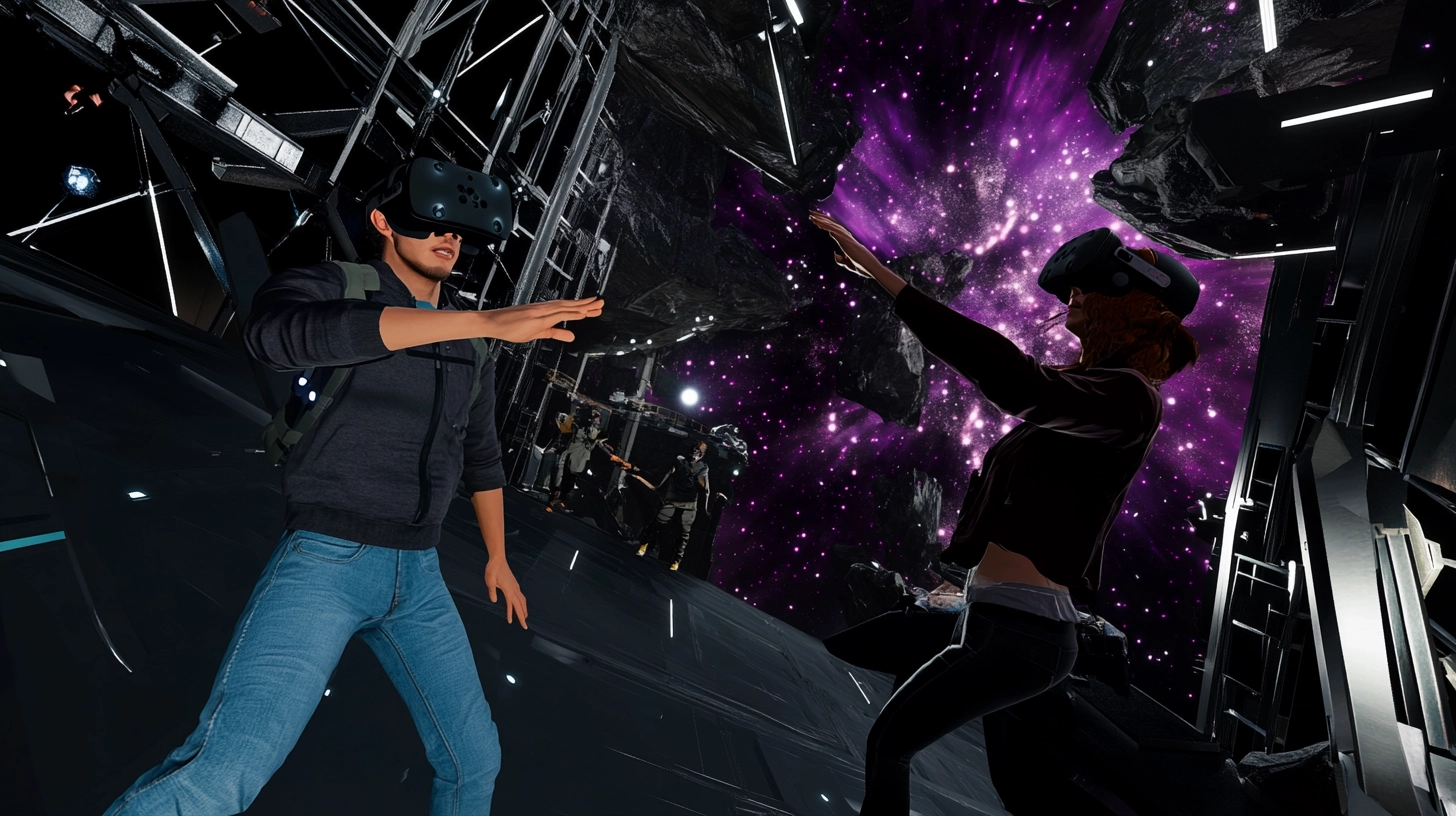
- You have an empty space in your showroom and want to give it an innovative use to promote your brand and products.
- You are going to participate in a trade fair and want to offer a unique multiplayer VR experience to the visitors.
- You manage museum exhibitions and want to bring art and culture closer to the public in a new way.
Advantages of the LBE system in Virtual Reality
Superior immersion than home VR
One of the main advantages of LBE VR is the level of immersion it offers. Thanks to more advanced hardware and an adapted physical space, users can walk freely, interact with tangible objects and experience a more natural and convincing virtual reality. This freedom of movement and the quality of the equipment provide an experience that far exceeds what can be achieved in a home environment.
Profitable business model
VR-based entertainment centers have proven to be a lucrative business model. Companies such as The VOID and Zero Latency have developed high-performance franchises, attracting both casual gamers and companies interested in team building experiences. In addition, lower hardware costs and increased demand for immersive experiences have driven the opening of more LBE centers in different parts of the world.
Franchise expansion and the adoption of subscription models have proven to be effective strategies for maintaining the profitability of these centers. Growth has also been observed in the use of VR in corporate events and marketing, where brands create interactive experiences to engage their audience.
Social and collaborative experiences
One of the major attractions of LBE in VR is its ability to foster social interaction. Unlike home VR, which is generally a one-on-one experience, LBE creates environments where players can physically interact with other participants, work in teams, and engage in competitive challenges in virtual worlds.
Spaces designed for multiplayer VR allow friends, family and co-workers to share experiences in a fully immersive environment. This type of experience is especially popular in team building activities, where companies seek to foster cooperation and communication among their employees through collaborative games.
In addition, developers are incorporating advanced technologies such as voice recognition and real-time facial expression tracking to enhance interaction within virtual worlds. This contributes to an even more realistic experience and allows players to communicate and react more naturally in the digital environment.
LBE Market Trends
The LBE market is experiencing significant growth, driven by demand for immersive experiences and adoption of virtual reality technologies. The market is projected to grow from $5.17 billion in 2024 to $23.34 billion in 2032, exhibiting a CAGR of 20.7% during the forecast period.
Applications and uses of the LBE system in different industries
Entertainment and gaming
The entertainment industry has been the main driver of LBE systems in VR. Companies such as Zero Latency and The VOID have revolutionized the way gamers experience virtual reality, offering multiplayer environments that enable total immersion without wires. VR games in these spaces offer not only high-quality graphics, but also personalized experiences with motion sensors and advanced haptic technology, creating highly realistic interactive worlds.
Education and training
LBE in VR has found key applications in education and professional training. Schools, universities and companies have implemented VR systems to simulate real-world situations, such as medical surgeries, factory training or military exercises, without the risks associated with these environments. Thanks to the ability of LBE systems to deliver immersive and personalized experiences, users can learn effectively in a safe and controlled environment.
Experiential marketing and advertising
Brands are increasingly using location-based virtual reality to create immersive marketing experiences. From product demonstrations to engagement campaigns, LBE systems in VR allow customers to interact with a brand in entirely new ways. Companies like Audi have developed driving experiences in VR, allowing customers to “test drive” vehicles in detailed digital environments before making a purchase decision.
Tourism and museums
Tourism has taken advantage of LBE technology to offer unique experiences to visitors. Museums and historical sites have implemented location-based VR to allow tourists to explore ancient ruins or travel back in time with detailed digital reconstructions. In addition, airlines and travel agencies have begun offering virtual tours to exotic destinations, providing a preview of trips before customers book their flights.
Virtual Reality Arcades
VR arcades are spaces where users can rent booths or kiosks equipped with virtual reality systems. These environments offer access to a wide range of games and immersive experiences, eliminating the barrier of the high cost of personal equipment.
Theme parks and family entertainment centers (FEC)
Theme parks have integrated virtual reality attractions, allowing visitors to enjoy multi-user experiences in virtual environments designed for large groups. This type of entertainment has become a popular option to appeal to a wider audience.
Free-Roam Virtual Reality experiences
Free-Roam VR experiences allow users to physically move within a large space while interacting in real time within the virtual world. This type of experience significantly increases the sense of realism and immersion.
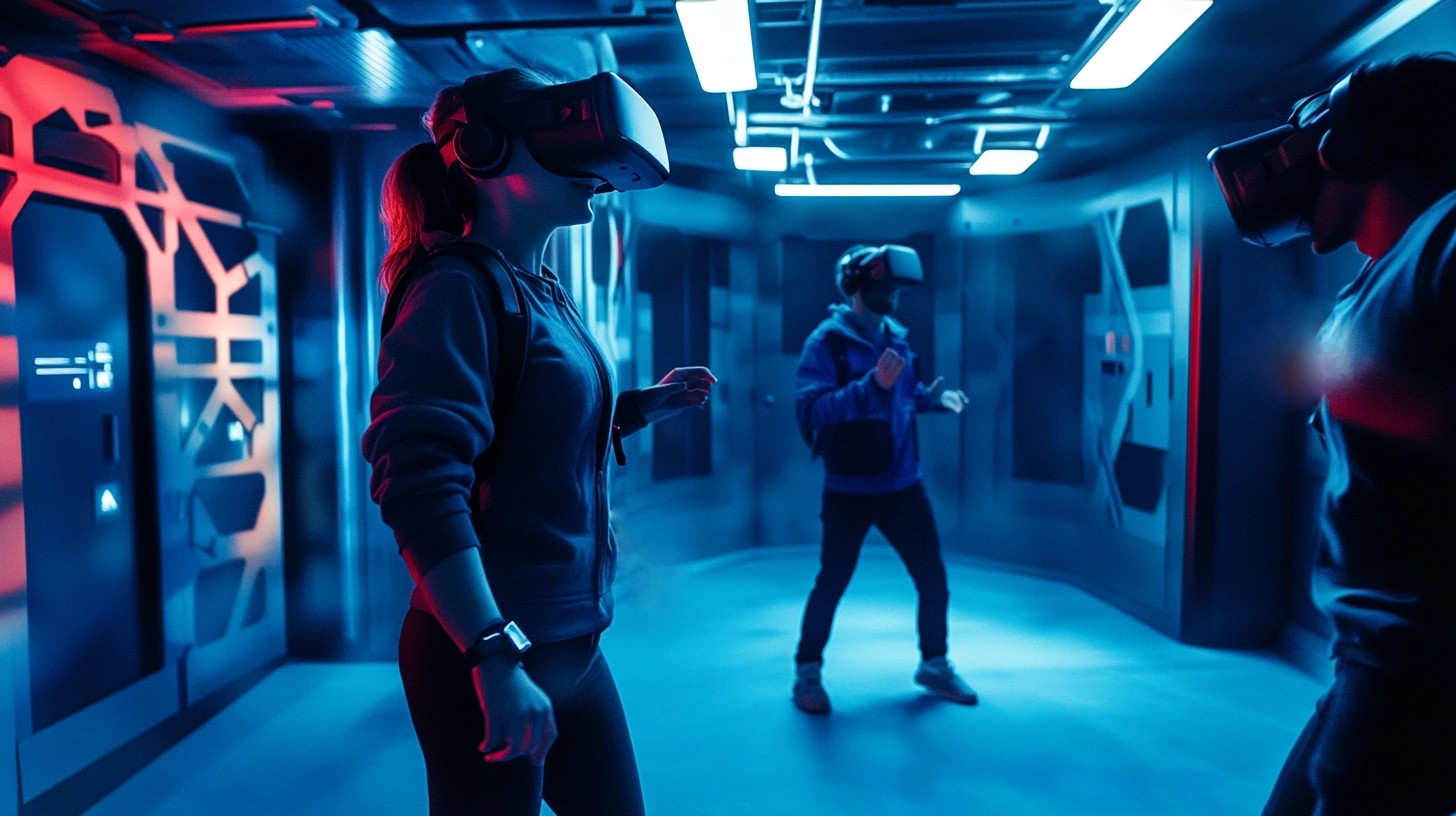
The VR LBE market is constantly evolving, with several companies leading innovation in this area. Some of the most prominent companies include:
Leading companies in LBE systems for VR
-
The VOID: Known for its highly immersive premium experiences, it has developed attractions inspired by popular franchises such as Star Wars and Marvel.
-
Zero Latency: Specializing in large-scale wireless multiplayer experiences, it has grown internationally with franchises in several cities.
-
Sandbox VR: Focuses on creating highly interactive environments with real-time motion capture.
-
Hologate: A flexible option for events and entertainment centers that enables group VR experiences without the need for large venues.
Differences between platforms and technologies
Each of these companies takes different approaches to LBE technology in VR. While some prioritize total immersion with haptic suits and complementary physical scenarios, others seek to maximize accessibility and scalability through more affordable experiences that can be installed in malls and corporate events. The choice between these platforms depends on factors such as budget, the type of experience desired and the size of the space available.
Success stories and case studies
Several companies have made a significant impact on the VR LBE market through innovative experiences and solid business models. For example, The VOID became an industry benchmark by partnering with movie studios to offer exclusive experiences from popular franchises, such as the Star Wars saga.
Another prominent case is Zero Latency, which has expanded its business model through a franchise system, allowing entrepreneurs from different parts of the world to set up their own VR rooms based on free roaming, offering wireless multiplayer games.
Sandbox VR has also adopted an advanced gamification approach, with games that include real-time motion capture and dynamic scenarios that respond to players' actions, increasing the sense of realism.
Challenges and future of LBE systems in VR
In recent years, businesses based on LBE systems in VR have faced significant challenges, such as the high cost of hardware and the need for adapted physical spaces. The initial investment to open an LBE center can be significant; however, access to high-quality VR hardware has been simplified and reduced costs, and operators have managed to balance technological innovation with business profitability.
Another major challenge is the constant updating of content. As technology advances, players demand more sophisticated and realistic experiences. To remain competitive, LBE operators must regularly upgrade their games and equipment.
Nevertheless, the future of LBE systems in VR is promising. With the development of technologies such as cloud computing and 5G connectivity, LBE experiences are expected to become even more accessible and advanced. In addition, the increasing adoption of haptic sensors and improvements in virtual reality hardware can take immersion to a whole new level.
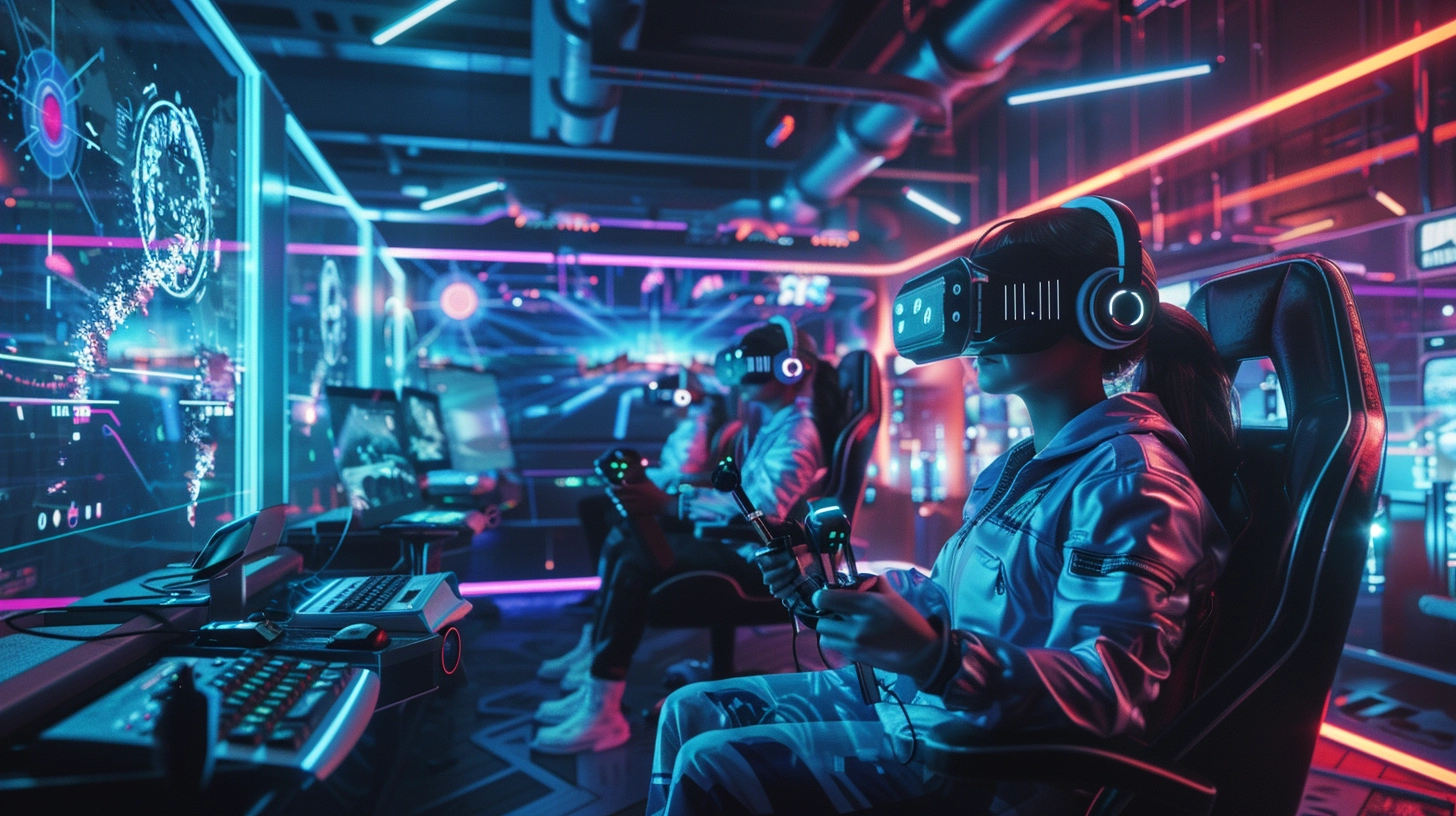
Location-Based Entertainment in VR has proven to be one of the most exciting innovations in the digital entertainment industry. Its ability to deliver immersive, social and highly realistic experiences has made it a growing sector with a promising future.
As technology evolves and implementation costs decrease, more companies and entrepreneurs are expected to invest in this market, expanding the availability of high-quality VR experiences in entertainment centers, theme parks and corporate events. The combination of cutting-edge hardware, optimized software and a growing demand for immersive entertainment ensures that LBE in VR will continue to expand and redefine the way we experience multiplayer virtual reality.
SIMILAR CONTENT
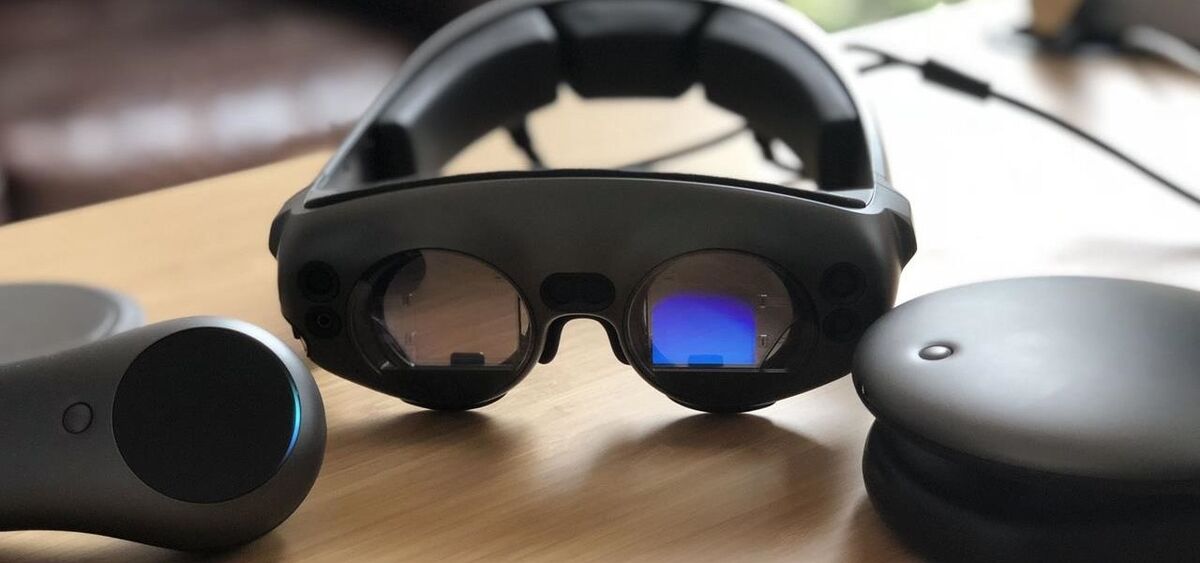
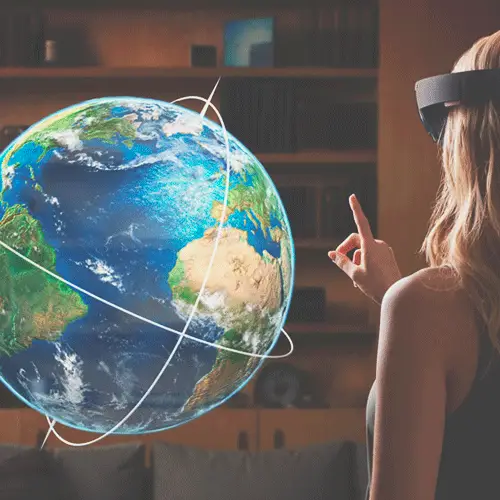
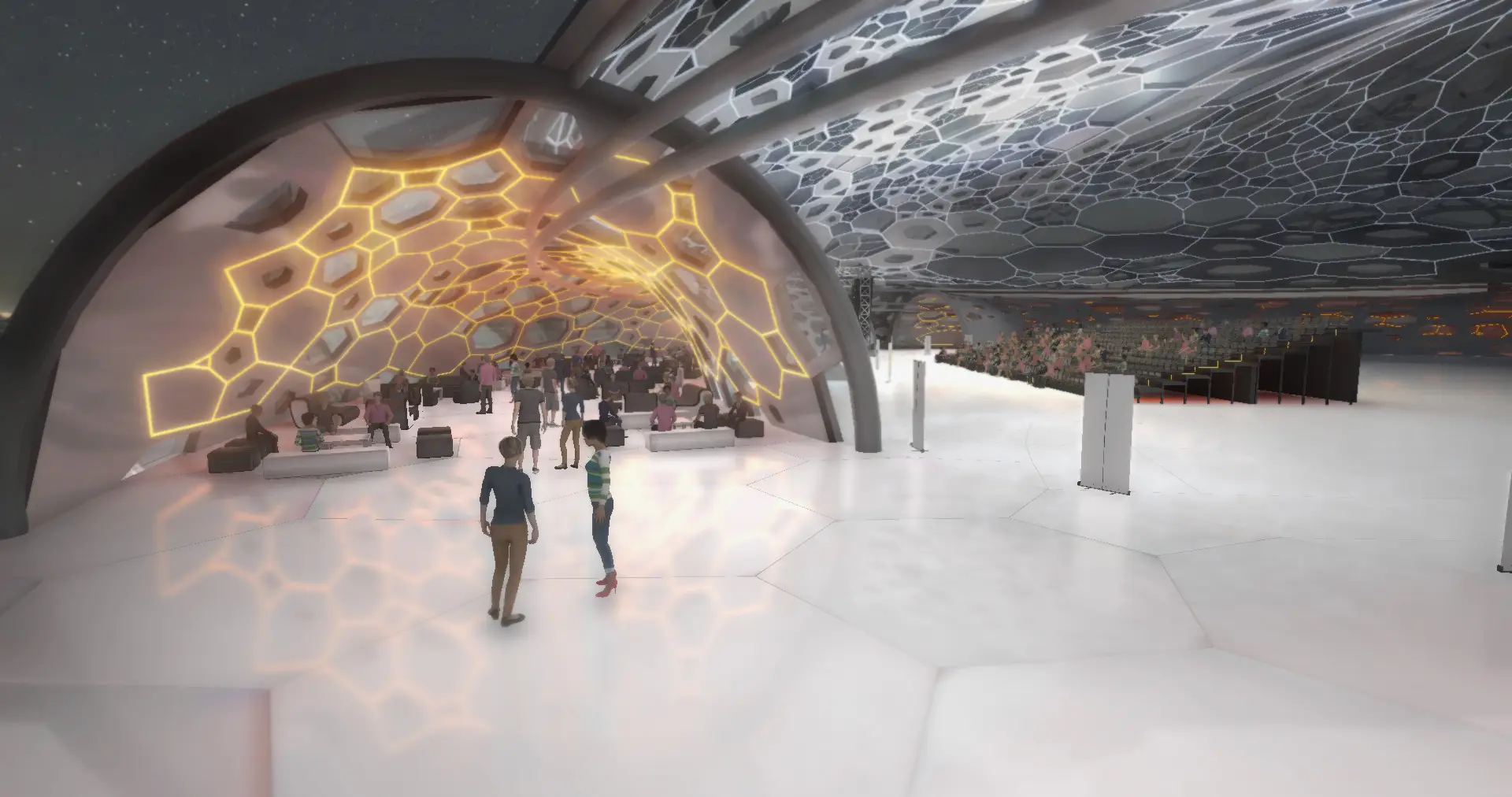








 Return
Return







